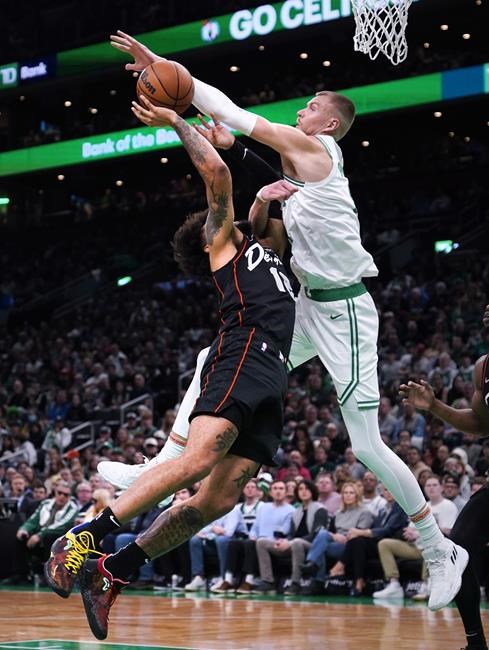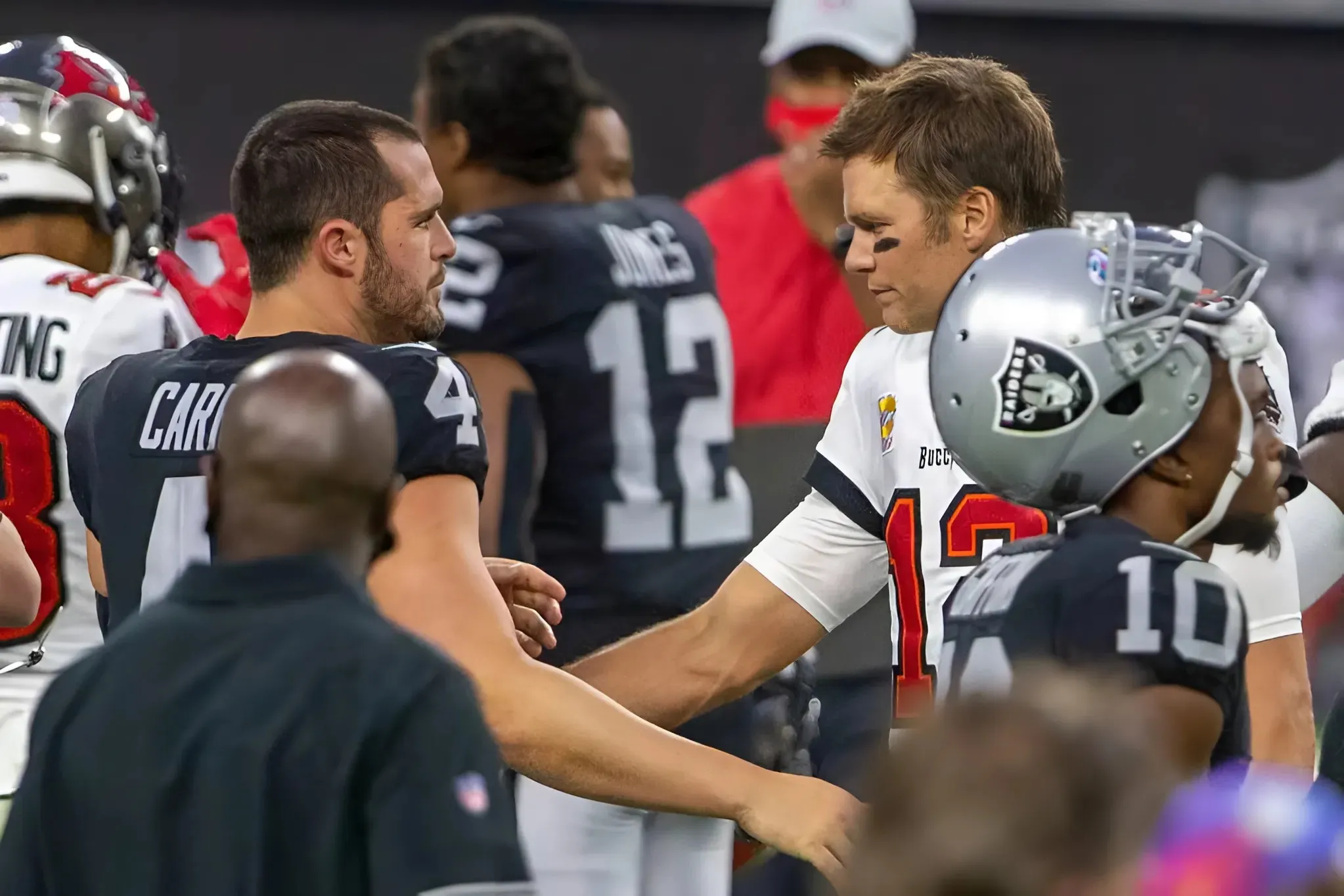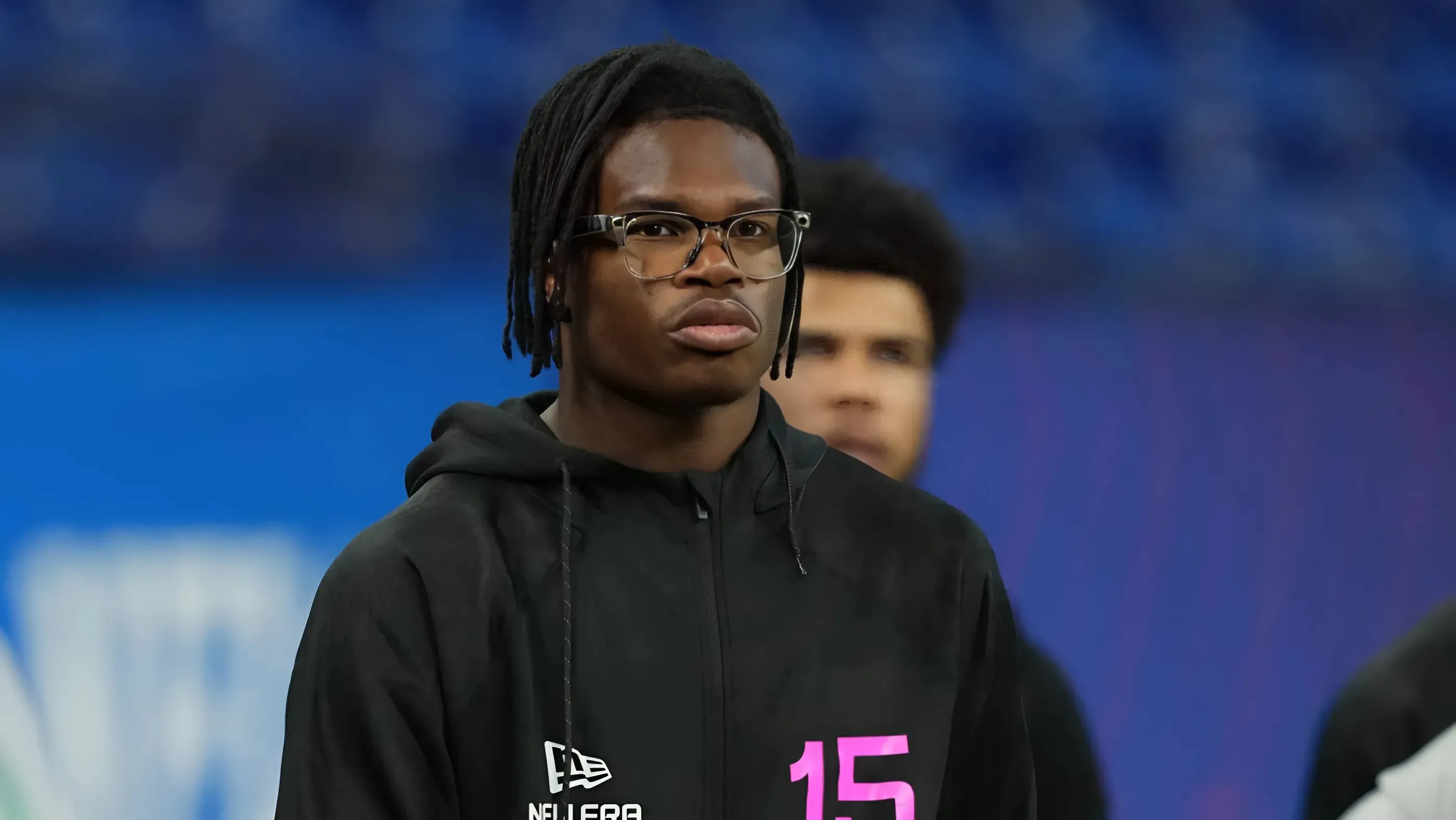
John Salley, a key member of the infamous "Bad Boys" Detroit Pistons, has stirred the pot with a surprising take during his appearance on The OGs Show. While the Pistons of the late '80s built a legacy around physical play and bruising defense, Salley claimed the true “Bad Boys” of the NBA weren’t his Pistons at all—it was the Boston Celtics.
"The real bad boys were the Celtics. The Celtics had guys that would hit you, and you didn't even know if they was on the team or not. Yeah, well, James Worthy even said, like, they was—you saw what they did to it."
"Maurice Lucas, man, tried to break my wrist and said, 'I will break your wrist and your fingers. Don't touch me anymore.' And, you know, I'm playing defense, and I went like this, and I swear I almost lost my hand."
"I pulled it back, he said, 'I'm gonna break it.' I'm thinking, why would you break my wrist over a basketball game? So they were all tough. They gave us this thing like, they're bad."
"And so, you know, Bill and Isaiah was like, 'Hey, gonna call us bad boys? We'd rather be like the Raiders.' And we took that on, and we were tough. We understand it was every play. We didn't take a play off."
"Every play mattered. Because before you would score, you'd get the ball out, and they'd come down, they'd look at the coach, and they'd run a play. And then we would have to remember what that play was. Now, you don't have time to think. It's almost like a baseball game."
Salley painted a vivid picture of the league during that era, highlighting how the Celtics brought an unseen level of physicality. This perspective reframes the conversation around the roughest teams in NBA history.
While the Pistons earned their "Bad Boys" nickname through playoff wars and their refusal to back down from superstars like Michael Jordan, Larry Bird, and Magic Johnson, Salley believes the Celtics had already been setting the tone long before Detroit adopted that reputation. He even mentioned Lakers legend James Worthy, who once pointed out how physically punishing the Celtics were.
Still, Salley made it clear the Pistons weren’t running from the label. If anything, they embraced it. With that mentality, the Pistons built a team identity around toughness, grit, and relentless effort.
He also reflected on how the game has changed. Back in his day, teams played a slower, more deliberate style—calling plays, reading defenses, and executing sets with purpose.
Salley’s comments are more than just nostalgic storytelling—they challenge the widely accepted narrative that the Pistons were the most feared team of their time.
By giving credit to the Celtics for laying the groundwork for that physical brand of basketball, Salley not only pays respect to a bitter rival but also adds new complexity to the legacy of the league’s roughest era.
It’s a bold take from a man who lived in the trenches of NBA warfare—and it might just change how fans view the true origin of “Bad Boy” basketball.



